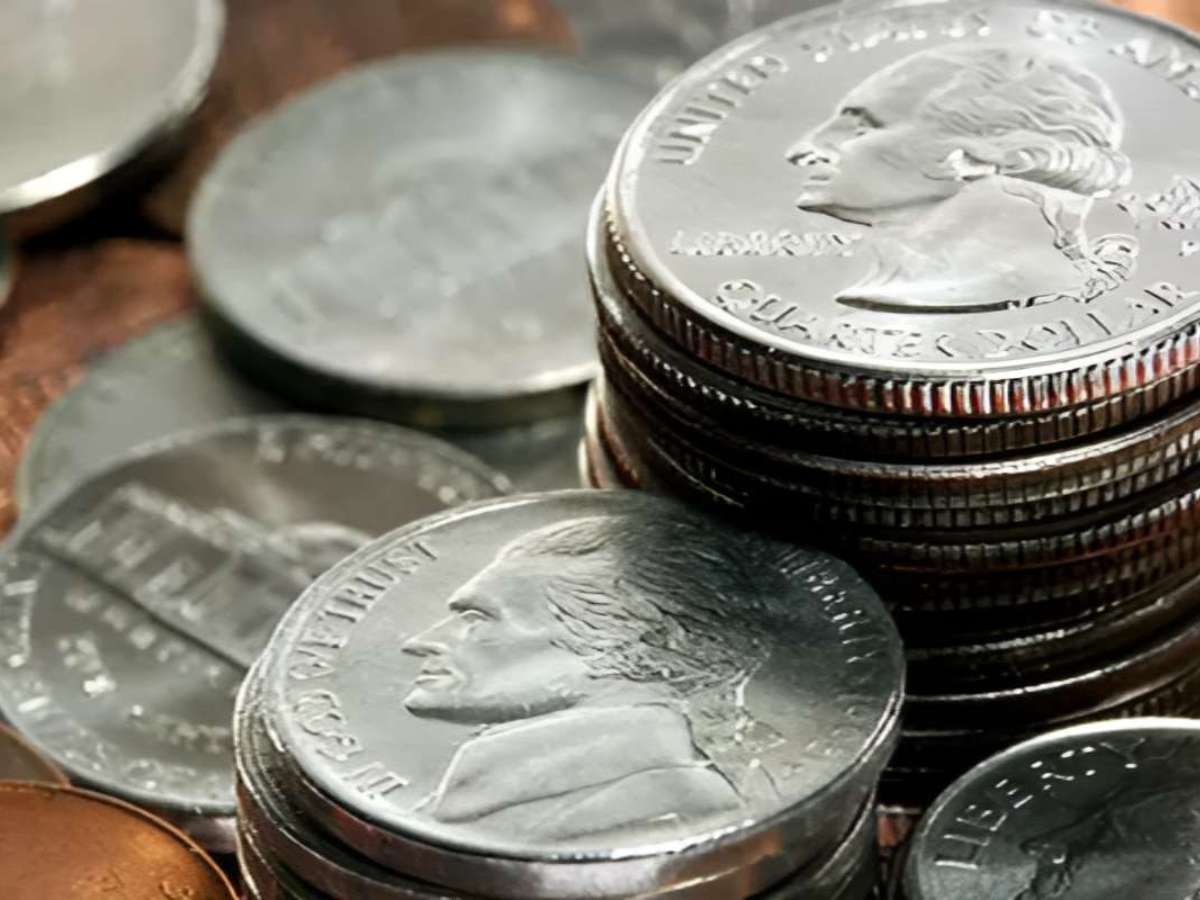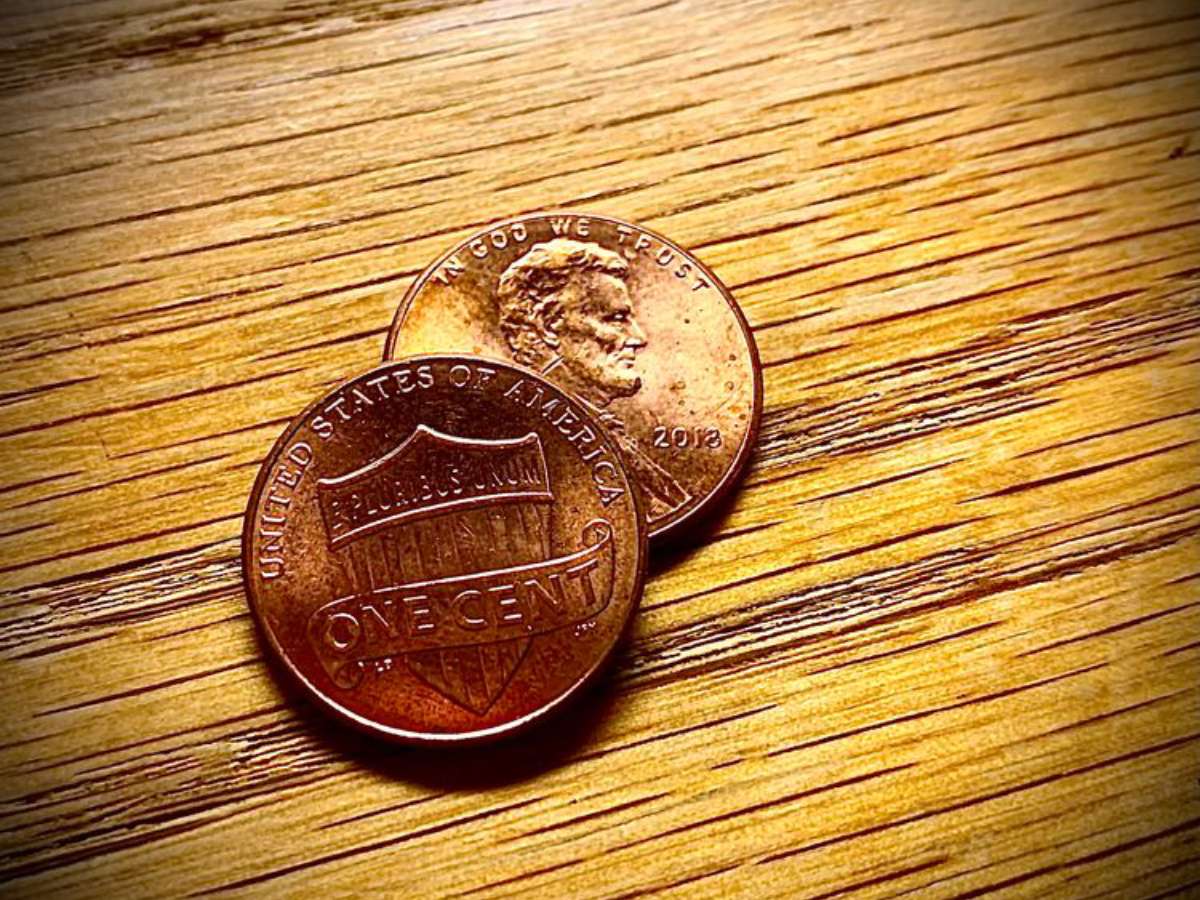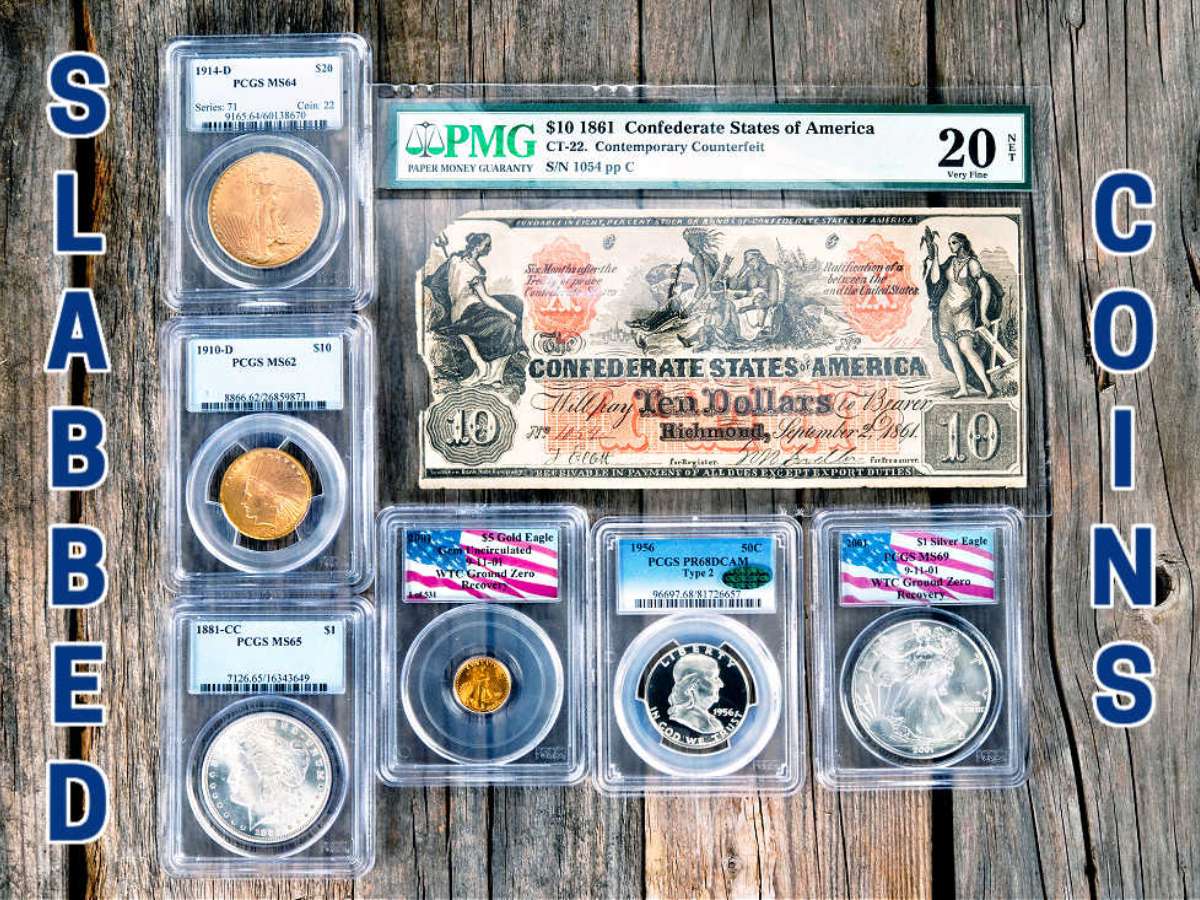Have you ever heard of the 2000 Cheerios dollar coin?

Maybe you’ll recall many years ago, at the start of the new millennium, when the popular breakfast cereal manufacturer General Mills was offering 2000-dated Lincoln pennies and Sacagawea dollars in boxes of Cheerios.
This special promotion saw the inclusion of a 2000-dated Lincoln cent affixed on a special multicolored card. These 2000 Lincoln pennies were included in 10 million boxes of Cheerios and were distributed during the early months of 2000.
Also included in 5,500 boxes of Cheerios was a 2000-dated Sacagawea dollar. One was placed in every 2,000 boxes of the oat-based morning cereal. So, finding those 2000 Sacagawea dollars in boxes of Cheerios made a lot of people feel very lucky!
Making such a fortunate find was about more than just getting a dollar coin over “only” a penny! At the time the Cheerios dollars were first packaged and released in the cereal boxes, the 2000 Sacagawea dollars hadn’t been officially unveiled for circulation yet. It was sort of a sneak peak at the Sacagawea “golden dollars.”
As it turns out, the deal was even sweeter than a box of Honey Nut Cheerios! Many, if not most (but not all), of these special 2000 Sacagawea dollars bear a reverse (“tail’s side”) variety seen only on the Cheerios dollars.
These special Cheerios dollars are now known to be pattern coins that are quite rare and worth a ton of money!
What Makes A Cheerios Dollar Coin So Special?
Most of the 2000 Sacagawea dollars from boxes of Cheerios cereal exhibit strong details in the eagle’s talons and tail feathers.
These pieces were first discovered in 2005. They are now known as patterns — because the detail seen on the 2000-dated Sacagawea dollars from the Cheerios boxes were struck with early reverse dies. Those dies carry different details than the dies used for the later-produced circulation strikes that were modified to omit these details in the talons and tail feathers.
According to Sacagawea dollar reverse designer Thomas Rogers, he later modified the design of the coin to give the tail feathers a lighter-colored appearance — similar to how that part of the eagle appears in real life.
The result? There are two known types of 2000 dollar coins:
- The rare and valuable Reverse of 1999 patterns — seen on the “Cheerios dollar”
- The much more common Reverse of 2000 — seen on the ordinary 2000 Sacagawea dollars
How Much Is A Cheerios Dollar Coin Worth?
Before the Reverse of 1999 pattern was discovered, collectors were already paying upward of $100 simply to own the 2000 Sacagawea dollar in its original Cheerios card!
But after many of those Sacagawea dollars were found to carry the rare and valuable pattern reverse, values skyrocketed.
Depending on condition, the 2000 Cheerios dollars are worth between $5,000 and $10,000!
So far, the record price goes to an example sold in April 2020 for $10,200.
How Many Cheerios Dollar Coins Were Made?
While many numismatic experts theorize that 5,500 Reverse of 1999 Sacagawea dollars were made, in reality not all of the dollar coins mounted in those Cheerios cards feature this rare reverse. So, it’s possible that figure is actually much lower.
The total number of Reverse of 1999 pattern dollars is unknown.
Making matters more complicated for collectors is that it’s highly possible most of these coins were broken out of their Cheerios holders to be spent as money. Many others were surely squirreled away in drawers and have been long forgotten.
So, how many exist? There’s really no way to answer that question unless more of these 2000 Sacagawea dollars in Cheerios holders are found and examined.
Chances are, most of the people who still own these coins in their Cheerios holders aren’t really coin collectors (yet, anyway) — and, therefore, are unaware of the news about the discovery of these Reverse of 1999 pattern dollars. So, they’re likely sitting on thousands of dollars and have no idea!
How To Determine If You Have One
And what if you have a Cheerios dollar?
Can you tell without opening the packaging whether or not yours is the rare Reverse of 1999 pattern dollar?
As explained in the video below, there are some die polish marks seen right around the area of the “P” mintmark on the obverse (“head’s side”) of the Reverse of 1999 pattern dollars.
So far, every Reverse of 1999 Sacagawea dollar known features this die polish mark — which can be seen on Cheerios dollars without having to break open the packaging.
Why The Cheerios Coin Promotion Was So Important
The United States Mint had a challenge on its hand when the Sacagawea dollar was about to be released. Previous forays with dollar coins proved highly unsuccessful with the public.
The Morgan and Peace silver dollars of the late 19th and early 20th centuries only really circulated in the West and in other limited capacities. Many folks back East preferred to use lightweight, folding dollar bills — as opposed to heavy silver coins.
Then, in the 1970s the U.S. Mint experienced a public relations double whammy:
- The Eisenhower dollar, which debuted in 1971, didn’t catch on outside of Nevada casinos.
- In 1979, the Susan B. Anthony dollar proved to be a miserable failure when people confused the coin (the nation’s first small-size dollar and first coin to feature an actual woman) with the quarter. Production of Susan B. Anthony dollars ended shortly thereafter in 1981 — and only briefly returned in 1999 when the government’s supply of dollar coins was running low.
So, in 2000 the goal was to get the American public used to the idea of a circulating dollar coin. U.S. government officials had turned to Canada for inspiration — a nation that introduced its “Loonie” golden dollar in 1987, which quickly caught on with the public.
While there are many similarities between the Canadian Loonie dollar and the Sacagawea dollar, there are also notable differences:
- For one, the Loonie dollar is an 11-sided coin, while the Sacagawea dollar is round.
- Also, the Canadian government withdrew its dollar bill within a couple years of releasing the Loonie — thus Canadians eventually had no choice but to use the dollar coin. The situation was quite different in the states. While the first Sacagawea dollars were released in 2000, there was no defined plan in place to discontinue the production of dollar bills. Given the option, most Americans showed their preferences for using dollar bills instead of dollar coins.
Even the Cheerios dollar giveaway couldn’t excite the nation enough into using the dollar coin. Neither could special promotions at Walmart department stores — which gave the golden dollars in change. Many other retailers around the nation also launched special promos to persuade customers into using the dollar coins for purchases.
While the Sacagawea dollar eventually faded away from the scene, the Cheerios coins of 2000 (including Cheerios pennies) remain quite popular with collectors!
3 Tips For Finding Cheerios Dollars
Even if you don’t have a 2000 Sacagawea dollar in a Cheerios card, you may still have the rare Reverse of 1999 pattern dollar.
Remember, there’s no doubt that many of these coins were removed from their packaging and spent as regular money. That means there’s bound to be Reverse of 1999 dollars in circulation! You’ve just got look for them.
Here are 3 ways to find rare 2000 Sacagawea dollars:
#1 – Check your change.
This tip isn’t as obvious as it seems. After all, if people are expecting to only find Cheerios dollars in Cheerios packaging, they’re missing out on the opportunity of finding one in ordinary pocket change. Of course, you surely realize that Sacagawea dollars don’t always turn up in daily circulation anyway. OK, point taken. But when they do (like after getting change from a stamp vending machine), you’ll need to take an extra moment and flip them over to the reverse and examine the eagle’s tail feathers.
#2 – Look through bank rolls.
While it’s not believed that any Reverse of 1999 Sacagawea dollars were released into ordinary circulation by the United States Mint, those that were broken out of the Cheerios packaging and spent were. And these coins may turn up in bank rolls of Sacagawea dollars after being processed by local banks and other financial institutions. Rolls of Sacagawea dollars generally contain 25 coins and can be bought from the bank at their face value of $25.
#3 – Shop garage sales.
Want to locate a 2000 Cheerios dollar in its original packaging? You should check out local garage sales! Think of how many people who still own these coins in their Cheerios packaging are cleaning out their closets, drawers, and cupboards — and how many of these folks have no idea what their Cheerios dollars may be worth! If they’re offering their Cheerios dollars on the driveway or community center for face value or even a few bucks, buy them. There’s a possibility these coins may not be the rare and valuable Reverse of 1999 pattern dollars. But there’s also a decent chance they are!




